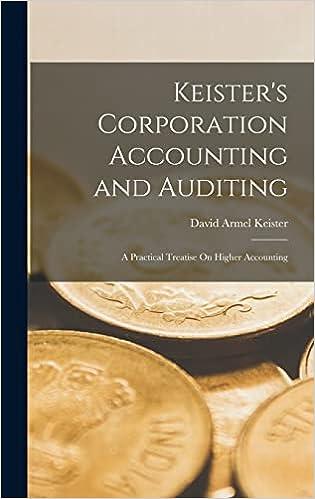Question
Process mining offers one solution, and for many years it served businesses well. However, in todays increasingly complex environment and amid growing pressure to do
Process mining offers one solution, and for many years it served businesses well. However, in todays increasingly complex environment and amid growing pressure to do morefaster and at lower costsorganizations need more intelligent solutions. In this article, well explore what process mining is, what it can (and cant) do for businesses looking to optimize their processes, and how Process Intelligence offers a more effective approach. What is process mining Process mining uses actual data from information systems to create a model that accurately reflects how a process executes. Applications such as CRM and ERP systems, as well as other systems of record, automatically create event logs that record every action taken. The data in these logs can be collected, or mined, to create an audit trail of the processes the applications are involved in. This works even when multiple applications are used in a single process. Process mining technology follows these audit trails to build a process model showing the details of the end-to-end process, as well as variations. Business users can analyze these models to find out if the processes are functioning as they should and, if not, investigate the root causes of deviations from the optimal path. How process mining works

Before process mining, the only way for businesses to analyze the performance of their processes was through interviews with business users and manual data reviewsa slow, tedious undertaking with a high margin of error. Process mining allows organizations to leverage automation to paint accurate pictures of real-world process performancefaster, easier, and more accurately than manual approaches.
Where process mining falls short
Process mining offers enormous advantages over manual approaches to process analysis, but it has its limitations. For example:
- Traditional process mining identifies process-related issues, but stops short of providing granular answers concerning the root causes of those issues.
- Process mining works well in simpler scenarios, but lacks the sophistication to evaluate complex processes with a large number of valid variations.
- Process mining can only analyze past performance, lacking the ability to monitor processes on an ongoing basis and to alert users to deviations.
- Some traditional process mining tools may be limited in the types of data sources they can connect to, which can limit the value they can provide.
Question:
Having read the text above, how can process mining help in Business Process Management efforts within the organisation?
Information System 0101 1010 0101 LOG Event data logs LOJ 82 Process Models GIIL Process performance information for analysisStep by Step Solution
There are 3 Steps involved in it
Step: 1

Get Instant Access to Expert-Tailored Solutions
See step-by-step solutions with expert insights and AI powered tools for academic success
Step: 2

Step: 3

Ace Your Homework with AI
Get the answers you need in no time with our AI-driven, step-by-step assistance
Get Started


